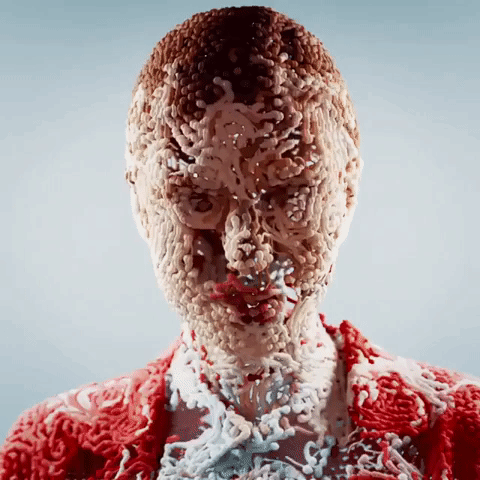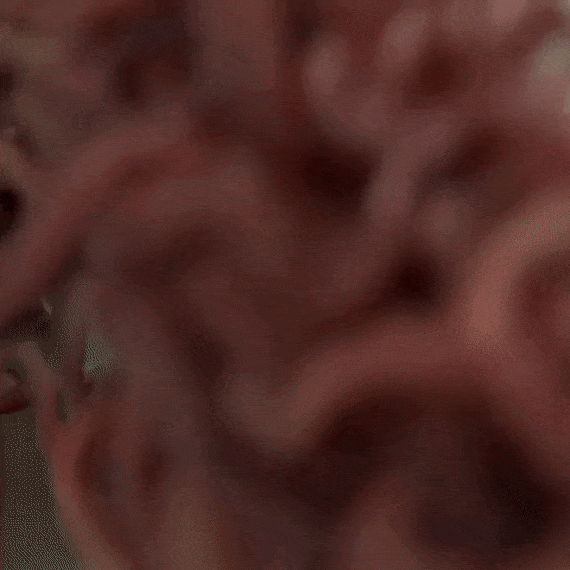
Japan based artist Ryota Nishioka airbrushes elaborate cityscapes of imaginary buildings. His process matches those of animation background artists, tasked with creating a believable backdrop for subjects based in a fantasy world. Similarly, Nishioka renders his paintings with layer upon layer of acrylic paint and pencil work on paper. Each layer takes only a matter of minutes to complete, making the final piece even more extraordinary. In almost hyperrealistic form, he draws his favorite subject, “moving things”, like clouds, ripples of water and scattered leaves from inorganic trees. Older illustrations feature animals in apocalyptic environments. As in traditional Japanese landscape painting, they are dwarfed in comparison to the bizarre metropolis that surrounds them and is still being built by robotic arms. These impossible, M.C. Escher-like structures play with stacking designs that explore the possibility of infinity.









 Tokyo based collective known as
Tokyo based collective known as  What makes
What makes 
 Animator Tyson Ibele’s development of “tyFlow, a particle simulation tool for 3dsmax” has resulted in some absorbing creations. From writhing worm monsters and unraveling pixelated characters to a wave of colliding cyclists, Ibele’s tests move between humorous and disconcerting.
Animator Tyson Ibele’s development of “tyFlow, a particle simulation tool for 3dsmax” has resulted in some absorbing creations. From writhing worm monsters and unraveling pixelated characters to a wave of colliding cyclists, Ibele’s tests move between humorous and disconcerting.